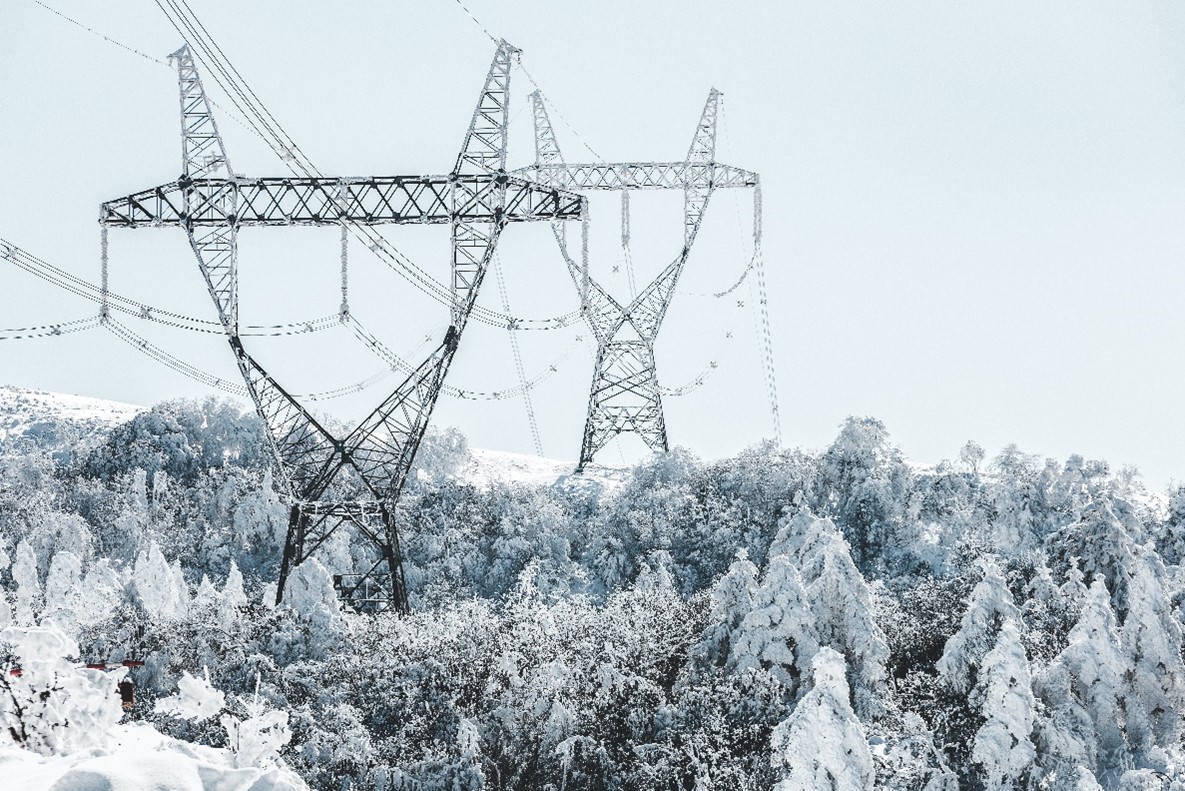America’s power sector is facing “unprecedented reliability risks” in certain regions this winter, the North American Electric Reliability Corporation (NERC) warns, due in part to an underinvestment in reliable, easily dispatchable natural gas-fueled generation.
An adequate supply of baseload energy –secured through natural gas – is key to maintaining a functional power grid because of its flexibility and capacity to generate around-the-clock power on its own or in tandem with wind and solar. But regional constraints triggered by gas bans, lack of infrastructure, and the shuttering of power plants that provide these dispatchable fuels are hindering access, particularly in New England and the Midwest.
While the political desires to shift away from natural gas as a clean energy source coupled with unbalanced reliance on intermittent wind and solar are contributing to the historic underinvestment, it’s clear those moves are shortsighted and portend serious implications for American consumers – including power outages and soaring energy costs.
To put it simply, “transition to lower-carbon energy sources has come at the cost of grid reliability,” Jim Matheson, CEO of the National Rural Electric Cooperative Association (NRECA), said.
Fortunately, with clean burning natural gas, that doesn’t need to be the case. We can – and do – have both, and we needn’t look any further than Pennsylvania or our regional power operator, the PJM Interconnection, as an example.
In Pennsylvania, the use of natural gas to generate power has increased from 28% to 53% between 2006 and 2021, according to the state Independent Fiscal Office (IFO). During the same time, carbon emissions per unit in the power sector decreased by 41.4% – better than the ~30% average decline seen in neighboring states.
Moreover, natural gas makes up about 44% of PJM’s generation capacity, and the regional system is among one of the only operators that are well prepared to meet heat and power demand this winter due to adequate fuel supplies.
But, heading into what experts forecast to be a colder than average winter, consumers are finding themselves paying more for less reliable energy.
Consider New England, which relies on natural gas to power more than half of the entire region, is scrambling to shore up fuel before the weather turns cold and find themselves relying on costly imports of liquefied natural gas (LNG) from other nations.
This shouldn’t be the case, especially “when several hundred miles away vast amounts of energy are being developed, and it’s just waiting to be delivered,” MSC President Dave Callahan told Pipeline & Gas Journal.
In the Midwest, the independent system operator MISO “continues to be concerned about the looming shortfall of generation needed to ensure grid reliability in the region,” even with the recognized growth of alternative and renewable energy sources.
“Unless more capacity is built or bought, especially capacity able to reliably generate during tight system conditions, the shortfalls we experience this year will continue and get worse going forward,” a representative of MISO told NPR.
As the world’s top producer of natural gas, there is absolutely no reason Americans should face the perils of wondering whether the heat or electricity will come on. With a new wave of policymakers coming into office, it is more important now than ever we advocate for commonsense policies that preserve energy security, support natural gas’ role in a sustainable future, and reduce unnecessary cost burdens forced upon consumers.





